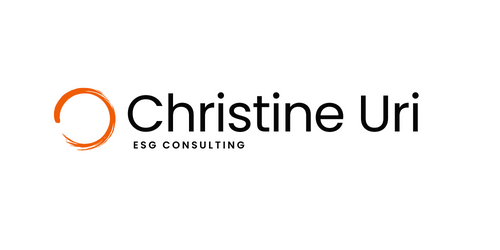RFPs are coming in with ESG questions. Your investor just sent you a list of ESG requirements. Dealing with ESG is burning through your time. You are worried you will start losing business. And still, you can’t get an ESG program off the ground. No one else seems to care.
A lot of general counsels are finding themselves stuck in this loop. The problem is that you haven’t built executive buy-in for ESG.
ESG is inherently cross-functional. You can’t move the needle on your own. You need leaders across the company to dedicate resources and change behaviors. This will only happen if you have the full support of the executive team. You must understand each team member’s views and build a plan that addresses these.
Here is how you make that happen.
(1) Uncover the Objections and Fears
It’s inevitable. In any group of business leaders, there will be natural supporters of ESG and people with fears and objections. Before presenting an ESG plan to an executive team, you must:
• Identify your supporters and detractors
• Understand the fears and objections of the detractors
• Build a business case that addresses the fears and objections
If the objection is cost, build a budget with decision gates. Start with what you need for a gap assessment, data collection (including carbon data), and a few easy wins. Leave larger ticket items like overhauling your supply chain to a later phase when you have the information you need to detail costs and benefits.
If the objection is public perception (anti-ESG) – promise there will be a process for executive review of all public statements. (You should have this anyway.)
If the objection is business value – bring data about the questionnaires you receive from clients. How many clients? What data? What’s the total value of deals attached to these questionnaires?
If you have an upcoming investment round, IPO, or acquisition, note how ESG factors have been incorporated into the due diligence process.
(2) Identify Aspirations
Some executives will readily identify benefits for their areas of responsibility. Be ready to take advantage of their support.
Sales leaders will want to minimize the risk of losing deals to competitors with better track records on ESG – or even slowing deals down with fumbled responses.
Marketing leaders will want to be able to share your company's good work on ESG topics (though some are shying away from the term ESG itself).
CHROs will see a strong ESG program as leverage for recruiting and retaining top talent.
Legal and compliance leaders will want to prepare for upcoming regulations.
Leaders charged with investor relations will want to be able to address questions and concerns with confidence.
Quantify these advantages as much as possible and prepare your supporters to speak on your behalf.
(3) Educate your Executive Team on ESG and Market Trends
This step is often missed. Executive team members have different levels of maturity when it comes to ESG. Terminology in this area is confusing and can lead to miscommunication. Very few people understand the big picture enough to see where today’s ESG trends will lead the business in the next 2-5 years. Before you can have a fruitful discussion of ESG strategy, you need to lay the foundations with some education on these fundamentals.
(4) Build an ESG Business Case that Speaks their Language
You have uncovered all the fears, objections, and aspirations. You have built a common understanding of ESG among your executive team members. Now it’s time to present the business case.
A good ESG business case includes the following elements:
• The problems you want to solve
• The benefits of solving the problems
• Why now is the right time
• Reasons for moving past the fears and objections
• Resources required
• Next steps
Your goal in presenting the business case is to obtain a clear decision to move forward from the CEO and to win the support of as many executive team members as possible.
I know you want a quick solution. If you have read this far, the case for improving ESG performance is already obvious to you. Why not just move forward right away? In the early stages of ESG work, you have to “go slow to go fast”. Building support across the executive team is essential to success. Once you have it, everything else will get easier.
And whenever you’re ready, here is how I can help:
ESG Launch Program: Start your ESG program with the tools, training, and support you need to accelerate success.
Workshops and Training: Create company-wide understanding, alignment, and buy-in on ESG goals and objectives through customized board, executive, and cross-functional training.
Advisor Services: Receive support for your ESG goals from a trusted advisor who has done it before.
Interested in learning more? Book an ESG strategy session using the link on my website christineuri.com. During your strategy session, we will discuss your current ESG challenges and look for solutions. No fluff. No sales pitch.

